
I will also say that Dun Carraig really goes out of their way to help newcomers get involved in whatever it is that they want to try out. The effort was headed, initially, by Mistress Molly (my Laurel and former Chatelaine for the area) and is now carried on by the current Chatelaine. They offer a series of classes a couple times a month that bring in teachers for pretty much everything to get not only newcomers, but others who are looking for new skills, involved. Basic dance, ladies medieval headwear, dyeing, blacksmithing, hand sewing... you name it! I am planning to make an effort next year to go down and teach a spinning 101 as well. They really have an incredible program and I see newcomers wearing handsewn garments as a result. Impressive!
And speaking of new skills, I finally decided I WILL learn naalbinding. I have dabbled a little before, but was just not quite getting it. I have never managed to have a class line up with my schedule and while I am pretty good at learning things on my own, this was one of those that was not happening that way for me. I have heard nothing but good things from folks who use a series of videos by a Finnish woman, so I started there this time. (https://www.youtube.com/watch?v=EcuUqeKQZ5Q )
My journey began Sunday and I spent 1-2 hours each night at it. By Friday it clicked and I started to make something that actually looked like something! I should have saved the huge pile of fails so that I could show how many times I had to restart. Lol. As it is, I think I love this.
I used some crappy 80% acrylic 20% wool blend that I bought at Michaels for this. I ordered some Alafoss Lopi wool to attempt socks for both myself and my boyfriend. If I survive that I will get the Lett-Lopi (finer lopi yarn) for another project. The extant sock from Coppergate is worked in a fine plied yarn. I am not sure about the yarn used in the extant mittens in terms of plied vs singles, but it appears much more coarse than that used for the sock. Guess I need to do some research here to figure out what was used in the various extant pieces. I have a wonderful fleece that is a longwool/merino cross that feels great so it could be a perfect candidate for spinning and using for this type of work down the road.
And yay for another highly portable project!
I also already have yarn to weave up some fabric for woven mittens (such as those found fairly recently at Lendbreen). I think it would be pretty cool to make those, as well as a naalbinded set, and compare them out in the cold this winter.
As for other things, I started warping a sample of the very fine yarn I got for garment weaving so that I can figure out the correct sett before I start measuring out the 59,000 yards of it that I have for a tunic and smokkr. I also finally cleaned up enough of the sewing room that I could start working up new garments from the recent linen purchase. Starting on a new outfit based on the finds at Kaupang and I am pretty excited about that.


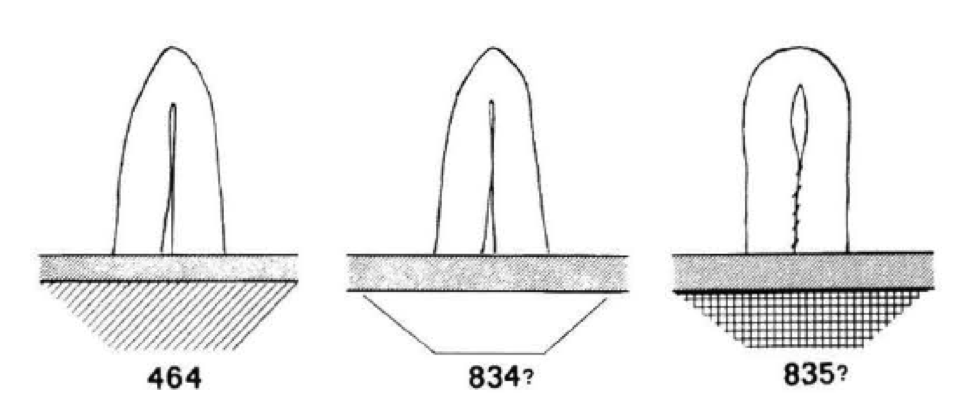

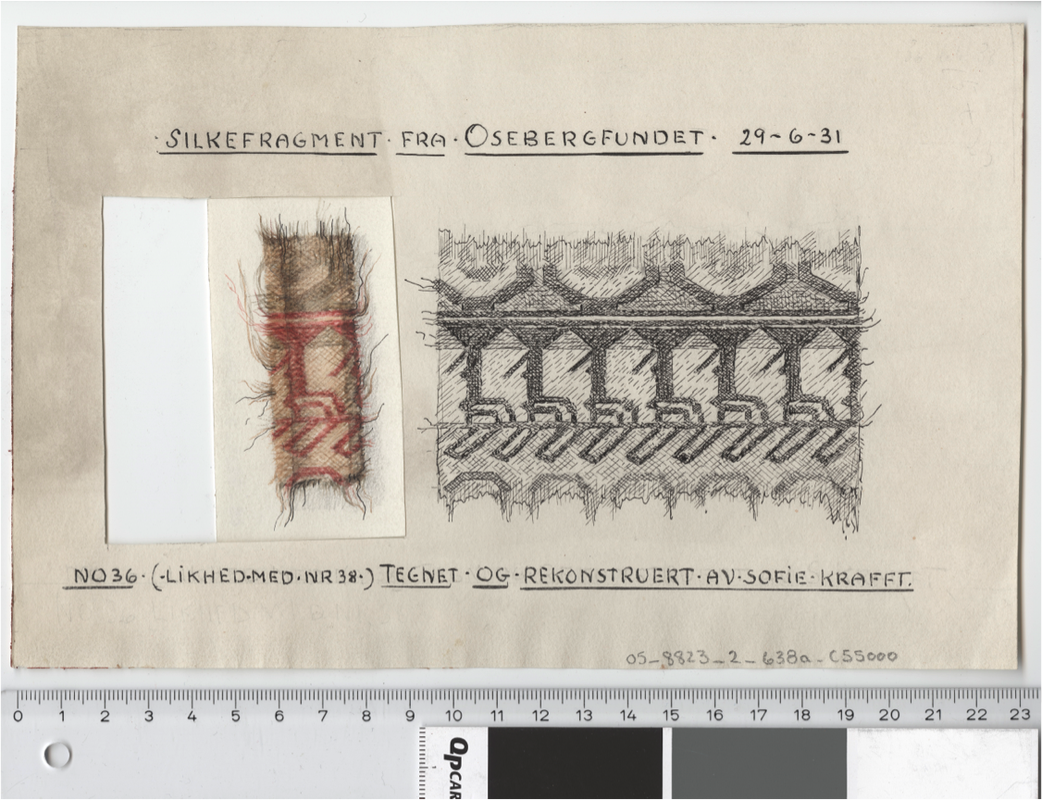
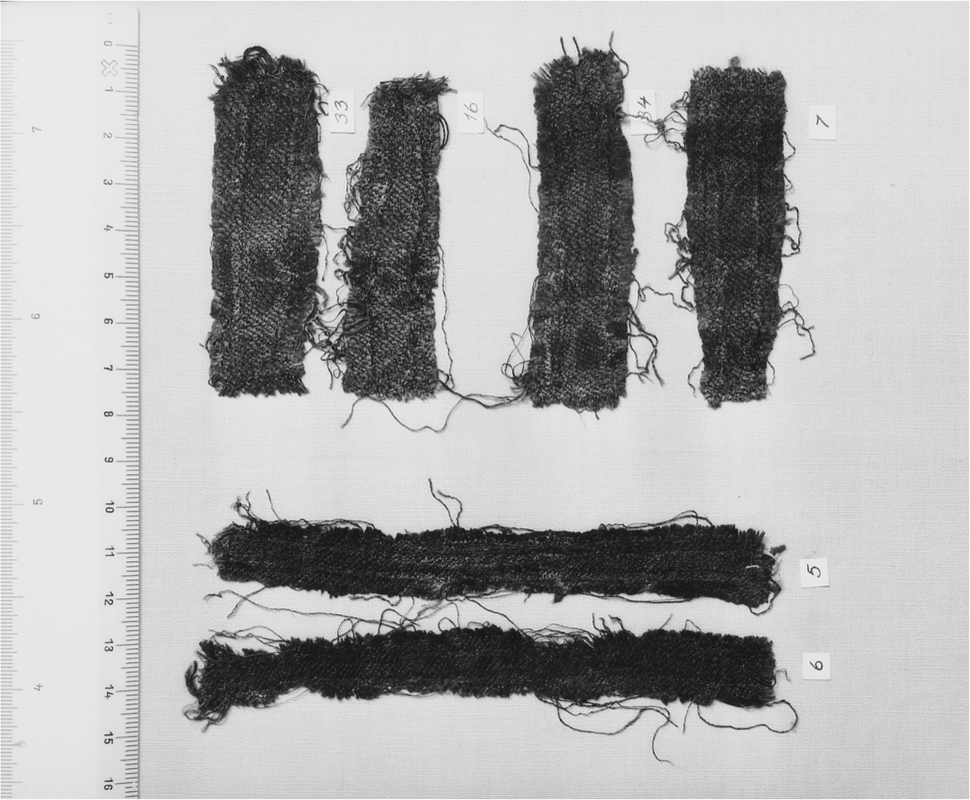
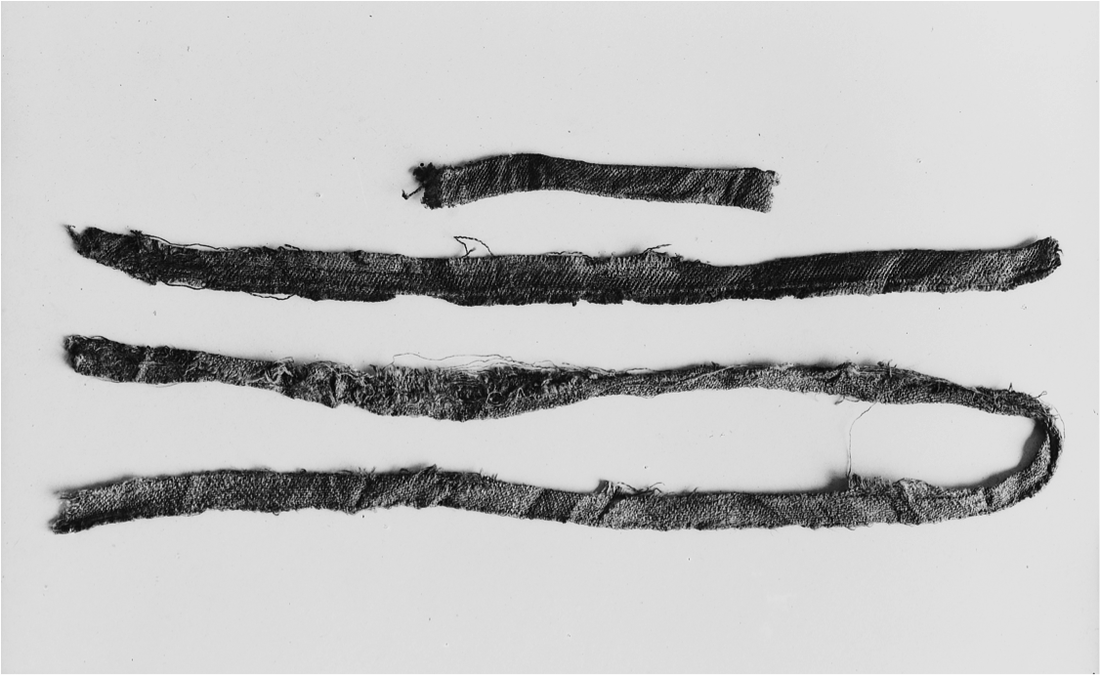

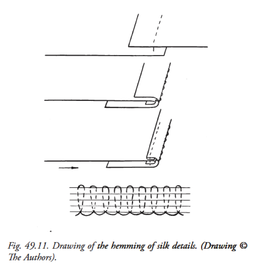
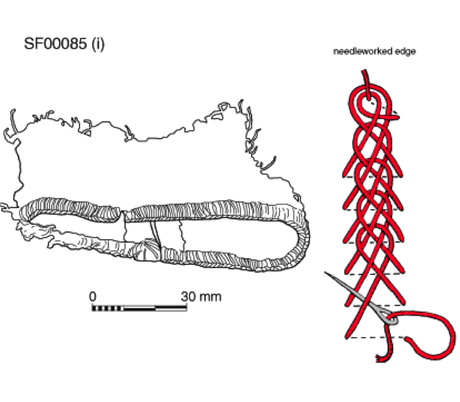
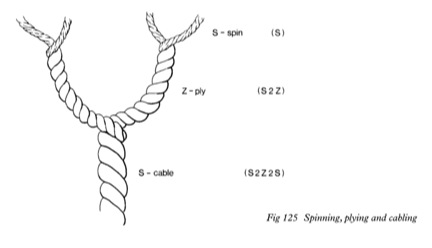

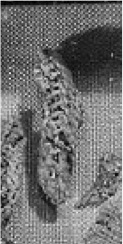

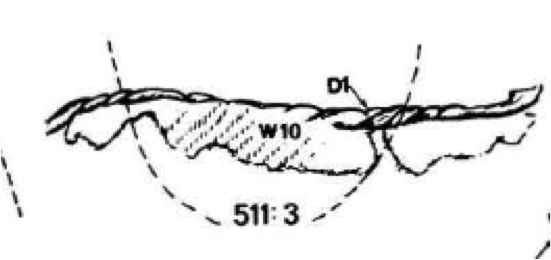


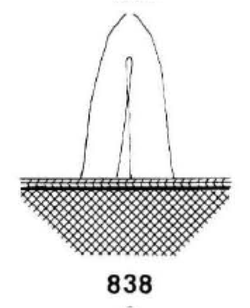
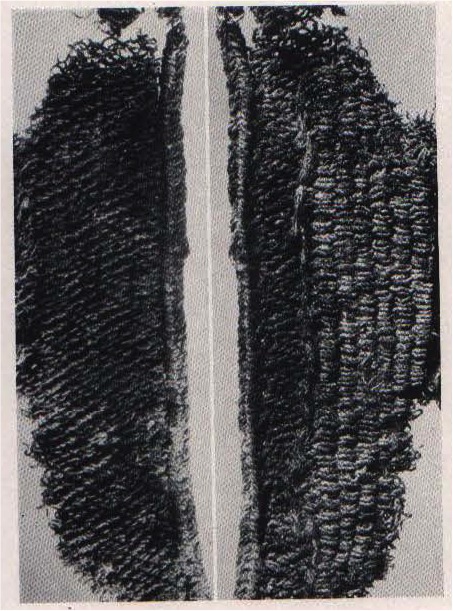
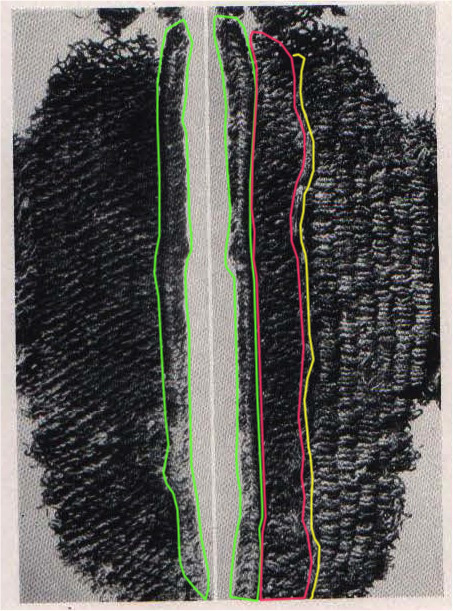
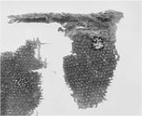
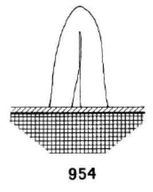
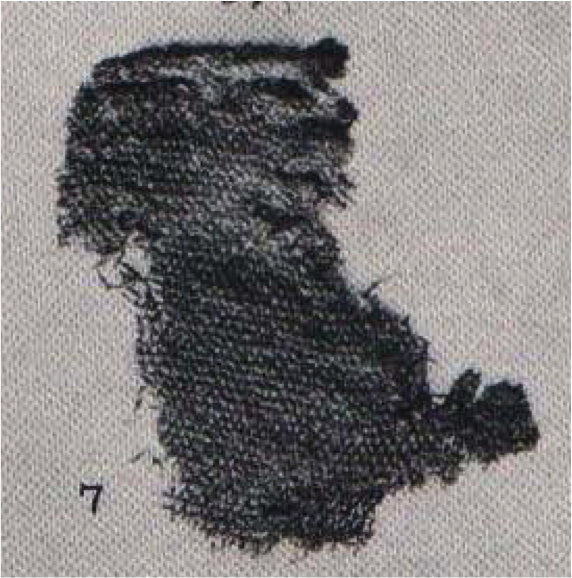
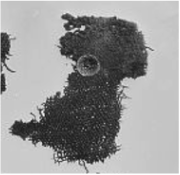
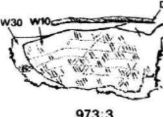
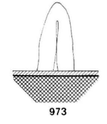

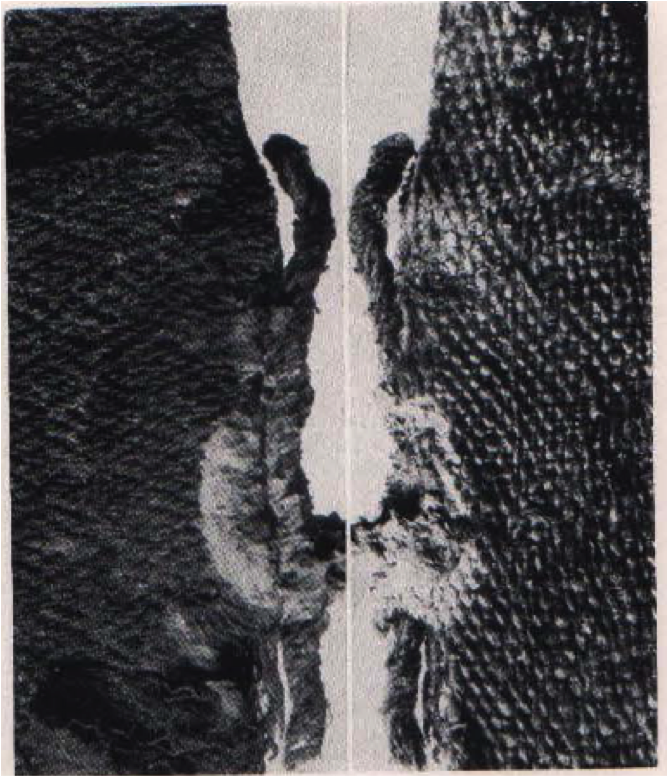


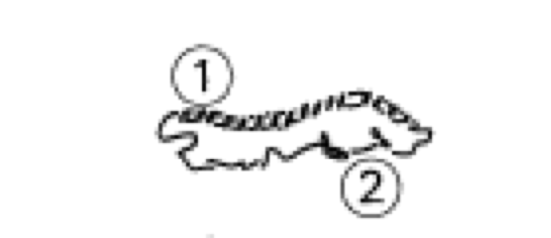

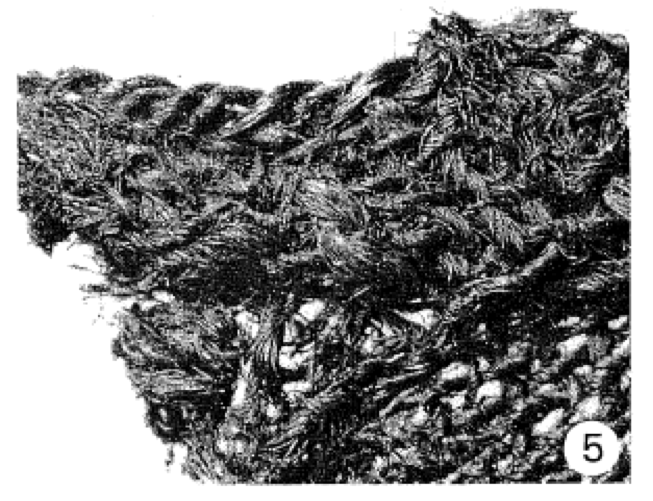



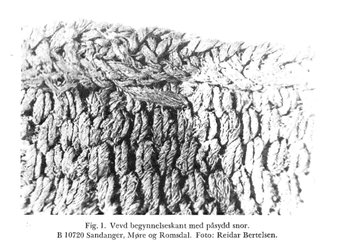
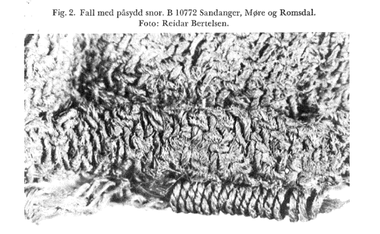
 RSS Feed
RSS Feed